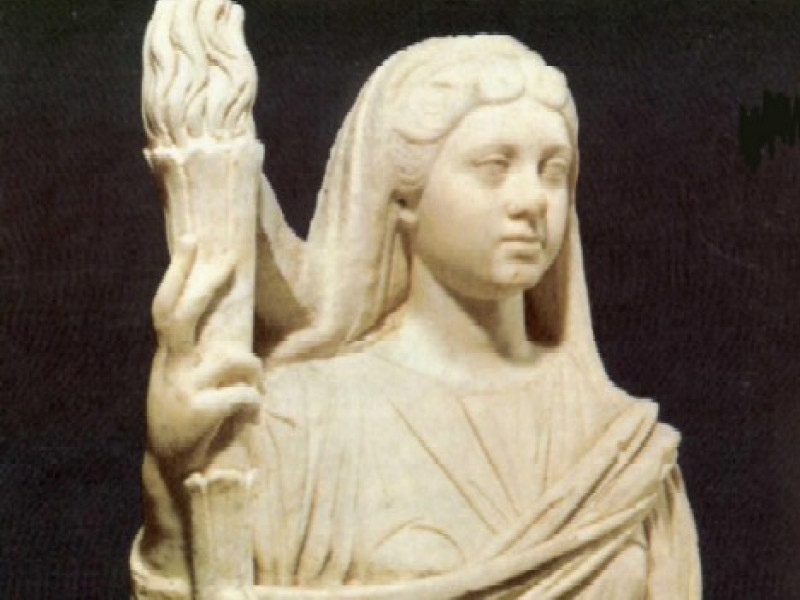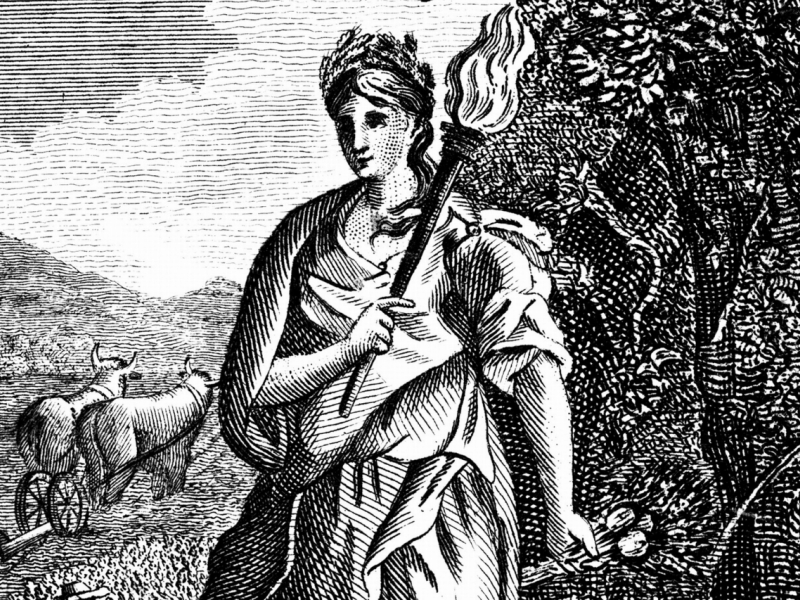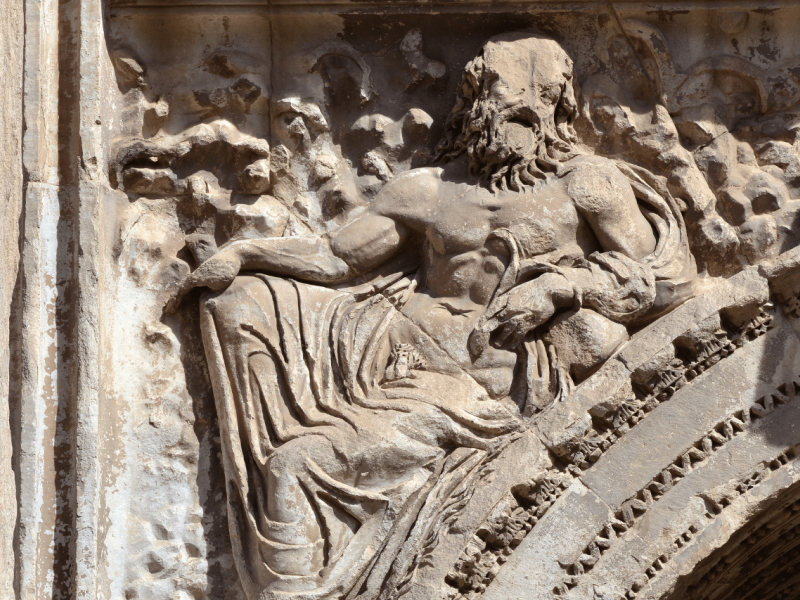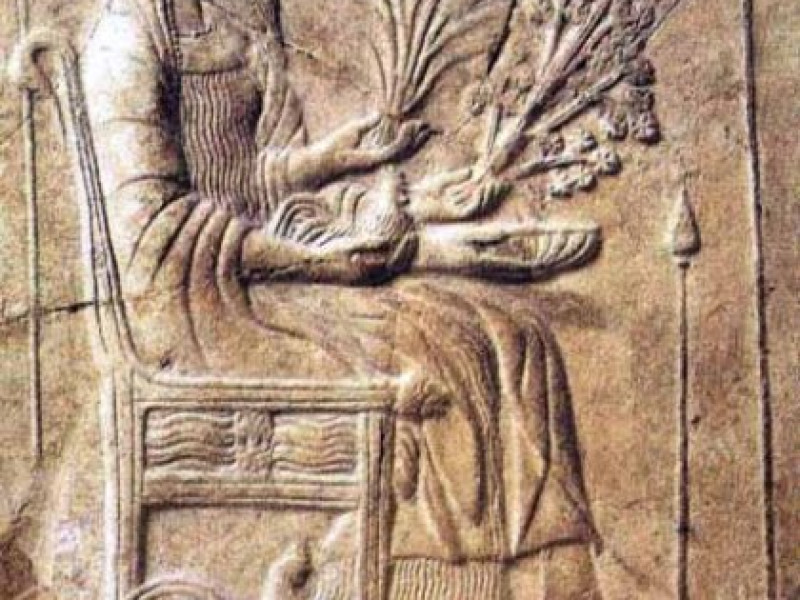Proserpina
Queen of the Underworld and the goddess of spring. Proserpina was completely identical to the Greek goddess Persephone.
Proserpina was the daughter of Jupiter (Zeus) and Ceres (Demeter). The Roman poet gave a full account of Proserpina's abduction by Pluto (Hades), which is identical to the Greek version. See Demeter.
Proserpina also appeared as the rival of Venus (Aphrodite) for the love of Adonis (see Aphrodite).
By Jimmy Joe









